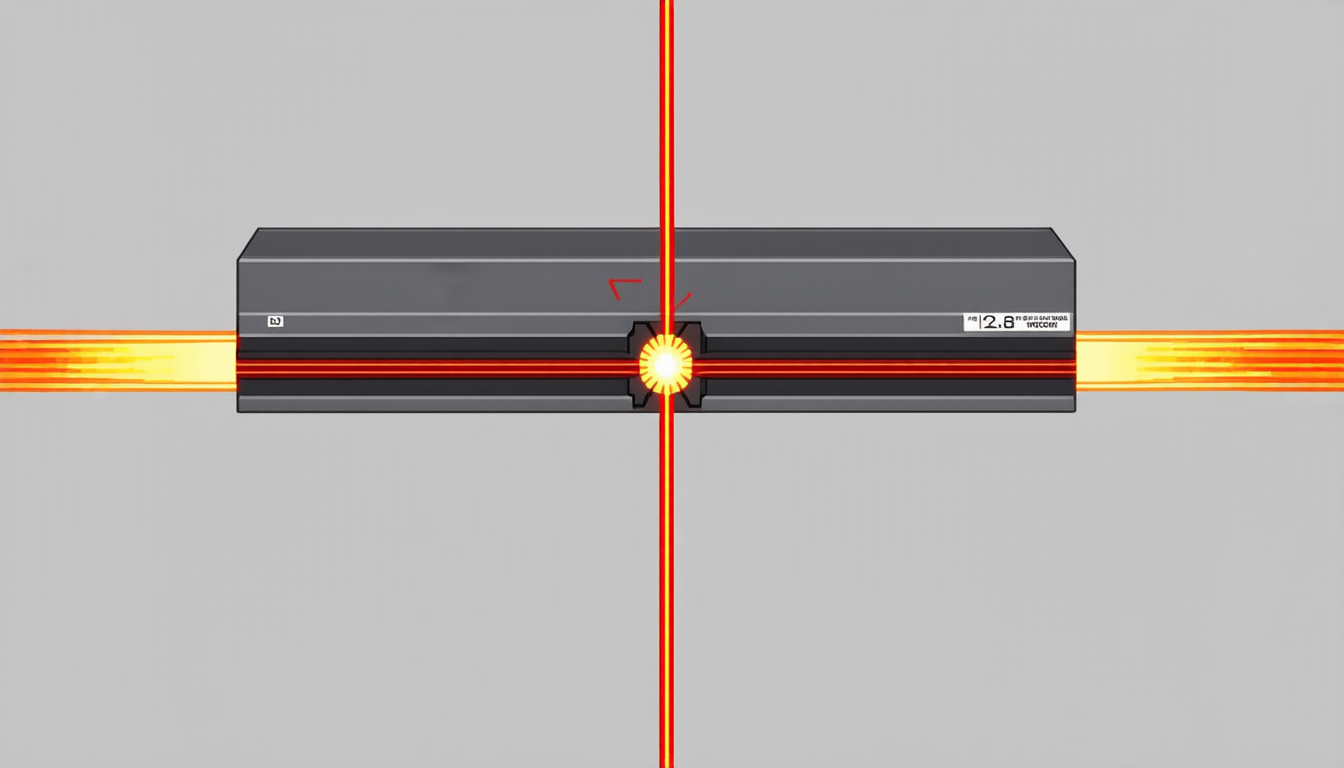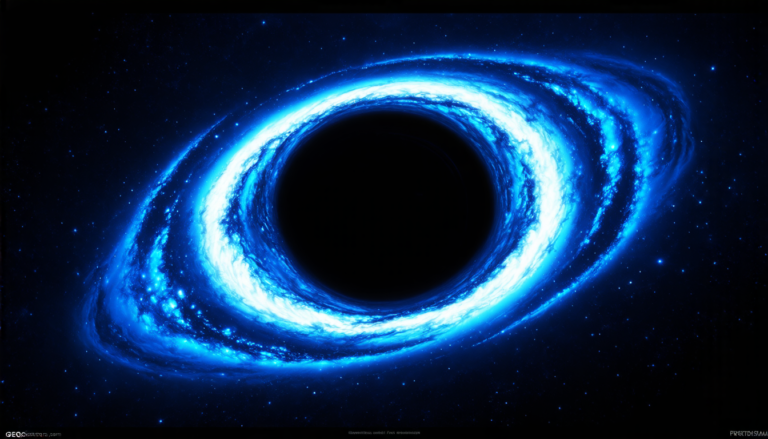Sunday 18 May 2025
The quest for gravitational waves has led scientists to develop new technologies and techniques to detect these elusive ripples in space-time. One such innovation is the Photon Calibration System (PCS) used by KAGRA, a kilometer-scale cryogenic gravitational-wave detector in Japan.
Gravitational waves are distortions in the fabric of spacetime produced by massive cosmic events, such as black hole mergers or supernovae explosions. Detecting these waves requires an extraordinary level of sensitivity and precision, which is achieved through the use of advanced laser interferometry.
KAGRA’s PCS plays a crucial role in ensuring the accuracy of its measurements by calibrating the detector’s response to tiny changes in light intensity. This is accomplished by injecting a reference signal into the detector’s optical path, allowing scientists to precisely measure the relative phase shift between the injected signal and the detected signal.
The PCS consists of three key components: a laser source, a beam splitter, and a photodetector. The laser source emits a continuous wave, which is then split by the beam splitter into two orthogonally polarized beams. One beam is directed towards the detector’s main mirror, while the other is used as the reference signal.
The photodetector measures the intensity of both beams and compares them to determine the phase shift between them. This information is then used to adjust the detector’s gain and frequency response to ensure optimal performance.
To achieve this level of precision, KAGRA’s PCS must be able to detect minute changes in light intensity, equivalent to a change of just one photon per second. This requires an extremely stable laser source and a sophisticated control system to maintain precise alignment and calibration.
The development of the PCS has not only improved the sensitivity of KAGRA but also enabled new scientific discoveries. By accurately calibrating its detector response, scientists can now study gravitational waves in unprecedented detail, gaining insights into the fundamental nature of spacetime itself.
KAGRA’s Photon Calibration System is a testament to human ingenuity and the pursuit of scientific knowledge. Through innovative technologies like this, we are constantly pushing the boundaries of what is thought possible, opening up new avenues for exploration and discovery in the field of gravitational wave astronomy.
Cite this article: “Calibrating the Cosmos: The Photon Calibration System of KAGRA”, The Science Archive, 2025.
Gravitational Waves, Kagra, Photon Calibration System, Laser Interferometry, Cryogenic Detector, Kilometer-Scale, Black Hole Mergers, Supernovae Explosions, Spacetime Distortions, Optical Path Calibration







